Shoes play a fundamental role in maximizing athletic performance and preventing injuries during training and gym workouts. Finding the right pair of shoes can enhance stability, support, and cushioning, thereby optimizing your training experience. This article will delve into the features and considerations to keep in mind when choosing training and gym shoes, ultimately helping you unlock your full potential. 1. Understanding the Requirements of Training and Gym Shoes: Training and gym shoes are designed to meet the specific demands of various exercises and workout routines. Whether you are engaged in weightlifting, high-impact cardio, agility training, or a combination of activities, selecting shoes that align with your fitness goals is crucial. 2. Key Factors to Consider: a. Shoe Fit: Proper fit is paramount to ensure comfort, stability, and injury prevention. Consider the length, width, and arch support of the shoe, and ensure your toes have sufficient room. Trying shoes on at the end of the day when your feet are slightly swollen can help simulate conditions during intense workouts. b. Stability and Support: Opt for shoes with features that provide stability, such as a firm heel counter and a supportive midsole. Additional support from an external support system, such as straps or overlays, can also enhance stability during lateral movements.
leather
 c. Cushioning: Depending on your training intensity and impact levels, you may need varying degrees of cushioning. Shoes with ample cushioning protect your joints, minimize fatigue, and offer a comfortable ride during prolonged training sessions. d. Breathability: Feet can heat up and sweat excessively during intense workouts, so choosing shoes with breathable uppers and moisture-wicking materials can help keep your feet cool and dry. 3. Different Types of Training and Gym Shoes: a. Cross-Training Shoes: Ideal for versatile workouts encompassing a mix of cardio, weightlifting, and agility exercises, cross-training shoes offer adequate support, cushioning, and stability. They are designed to accommodate a wide range of activities, making them a popular choice for multi-purpose gym enthusiasts. b. Weightlifting Shoes: Weightlifting shoes focus on enhancing stability and support during weightlifting exercises. With features like elevated heels, rigid soles, and additional support straps, they promote optimal posture, maximize power transfer, and minimize the risk of injuries.
c. Cushioning: Depending on your training intensity and impact levels, you may need varying degrees of cushioning. Shoes with ample cushioning protect your joints, minimize fatigue, and offer a comfortable ride during prolonged training sessions. d. Breathability: Feet can heat up and sweat excessively during intense workouts, so choosing shoes with breathable uppers and moisture-wicking materials can help keep your feet cool and dry. 3. Different Types of Training and Gym Shoes: a. Cross-Training Shoes: Ideal for versatile workouts encompassing a mix of cardio, weightlifting, and agility exercises, cross-training shoes offer adequate support, cushioning, and stability. They are designed to accommodate a wide range of activities, making them a popular choice for multi-purpose gym enthusiasts. b. Weightlifting Shoes: Weightlifting shoes focus on enhancing stability and support during weightlifting exercises. With features like elevated heels, rigid soles, and additional support straps, they promote optimal posture, maximize power transfer, and minimize the risk of injuries.
Specifications of leather
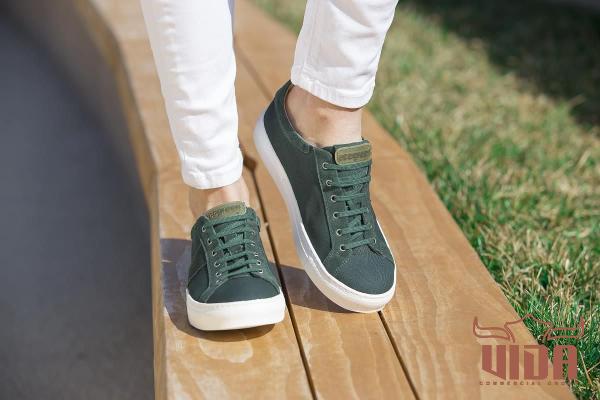 c. Running Shoes: Although primarily designed for running, many running shoes can also be suitable for gym workouts. Running shoes prioritize cushioning and shock absorption to mitigate the impact of repetitive foot strikes. However, they may lack the lateral stability required for certain gym exercises. d. High-intensity Interval Training (HIIT) Shoes: HIIT workouts involve intense bursts of activity combined with periods of rest. Dedicated HIIT shoes offer a balance of support, cushioning, and responsiveness, enabling quick movements, stability during agility exercises, and shock absorption during high-impact activities. 4. Notable Brands and Models: a. Nike Metcon series: Known for durability, stability, and versatility, Nike Metcon shoes cater to a wide range of training styles, from weightlifting to high-intensity workouts. b. Reebok Nano series: Reebok Nano shoes are popular among gym enthusiasts and offer a balance between stability, flexibility, and support for activities like cross-training and weightlifting. c. New Balance Minimus series: The New Balance Minimus range focuses on providing a minimalist and natural feel, ideal for individuals who prefer a low-drop and lightweight shoe for weightlifting and gym workouts. d. Adidas Ultraboost series: For those looking for a combination of cushioning, responsiveness, and style, Adidas Ultraboost shoes are known for their energy return and versatility across various exercise routines.
c. Running Shoes: Although primarily designed for running, many running shoes can also be suitable for gym workouts. Running shoes prioritize cushioning and shock absorption to mitigate the impact of repetitive foot strikes. However, they may lack the lateral stability required for certain gym exercises. d. High-intensity Interval Training (HIIT) Shoes: HIIT workouts involve intense bursts of activity combined with periods of rest. Dedicated HIIT shoes offer a balance of support, cushioning, and responsiveness, enabling quick movements, stability during agility exercises, and shock absorption during high-impact activities. 4. Notable Brands and Models: a. Nike Metcon series: Known for durability, stability, and versatility, Nike Metcon shoes cater to a wide range of training styles, from weightlifting to high-intensity workouts. b. Reebok Nano series: Reebok Nano shoes are popular among gym enthusiasts and offer a balance between stability, flexibility, and support for activities like cross-training and weightlifting. c. New Balance Minimus series: The New Balance Minimus range focuses on providing a minimalist and natural feel, ideal for individuals who prefer a low-drop and lightweight shoe for weightlifting and gym workouts. d. Adidas Ultraboost series: For those looking for a combination of cushioning, responsiveness, and style, Adidas Ultraboost shoes are known for their energy return and versatility across various exercise routines.
buy leather
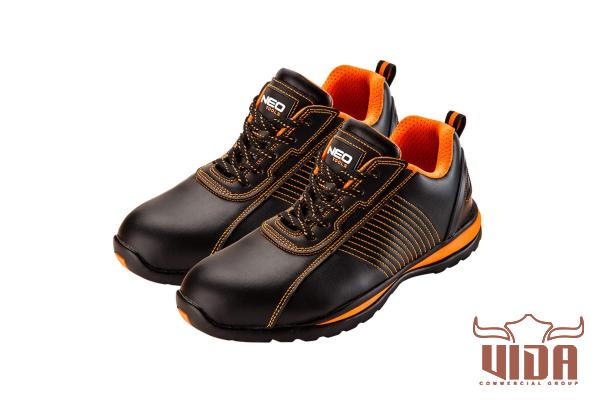 5. Shoe Maintenance and Longevity: a. Regular Cleaning: After workouts, clean your shoes by removing dirt and debris. Use a soft brush, mild detergent, and warm water to gently scrub the uppers. Avoid the washing machine unless the manufacturer’s instructions state otherwise. b. Rotation: Rotating between multiple pairs of shoes can extend their lifespan as it allows them to air out and regain their shape. This also prevents an excessively worn-out pair from hindering your performance. c. Replacing Cushioning and Soles: Over time, the cushioning and soles of your shoes may become worn out. If you begin to experience discomfort or notice signs of wear, consider replacing the insoles or consulting with a professional to assess the need for a new pair of shoes. Conclusion: Finding the perfect pair of training and gym shoes is essential for optimizing performance, minimizing the risk of injuries, and experiencing a comfortable workout experience. By considering factors such as fit, stability, cushioning, and breathability, you can make informed decisions when selecting shoes for your training needs. The mentioned brand and model suggestions are a good starting point, but it’s important to try on various options to find the pair that suits your unique requirements. Remember that investing in quality shoes and performing regular maintenance can prolong their lifespan, ensuring your continued success in achieving your fitness goals.
5. Shoe Maintenance and Longevity: a. Regular Cleaning: After workouts, clean your shoes by removing dirt and debris. Use a soft brush, mild detergent, and warm water to gently scrub the uppers. Avoid the washing machine unless the manufacturer’s instructions state otherwise. b. Rotation: Rotating between multiple pairs of shoes can extend their lifespan as it allows them to air out and regain their shape. This also prevents an excessively worn-out pair from hindering your performance. c. Replacing Cushioning and Soles: Over time, the cushioning and soles of your shoes may become worn out. If you begin to experience discomfort or notice signs of wear, consider replacing the insoles or consulting with a professional to assess the need for a new pair of shoes. Conclusion: Finding the perfect pair of training and gym shoes is essential for optimizing performance, minimizing the risk of injuries, and experiencing a comfortable workout experience. By considering factors such as fit, stability, cushioning, and breathability, you can make informed decisions when selecting shoes for your training needs. The mentioned brand and model suggestions are a good starting point, but it’s important to try on various options to find the pair that suits your unique requirements. Remember that investing in quality shoes and performing regular maintenance can prolong their lifespan, ensuring your continued success in achieving your fitness goals.
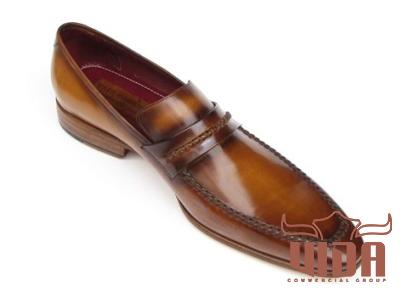
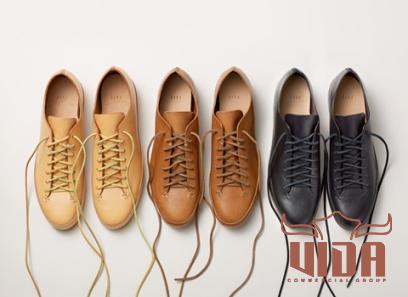
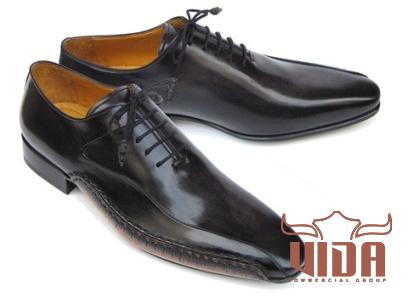
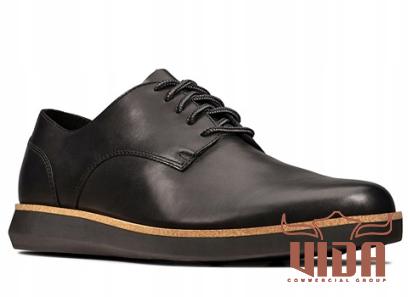
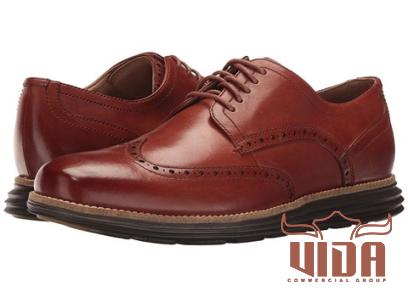
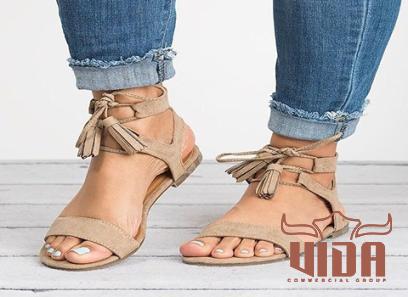
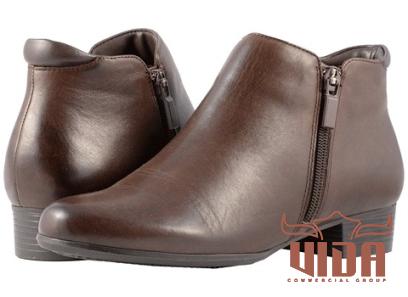
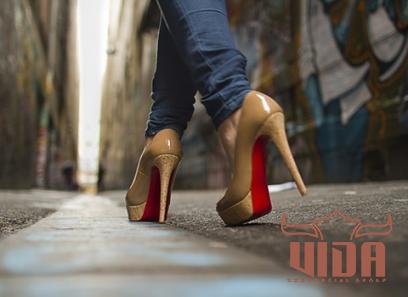
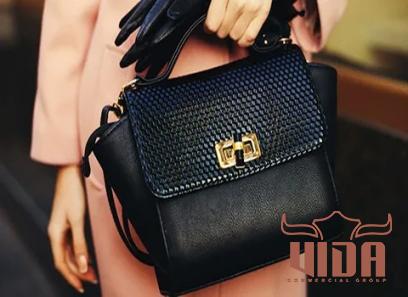
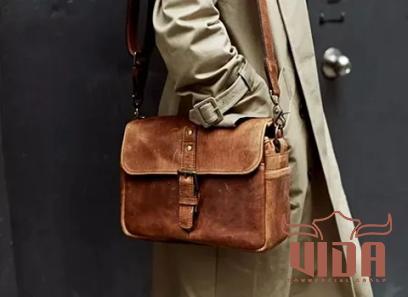
Your comment submitted.